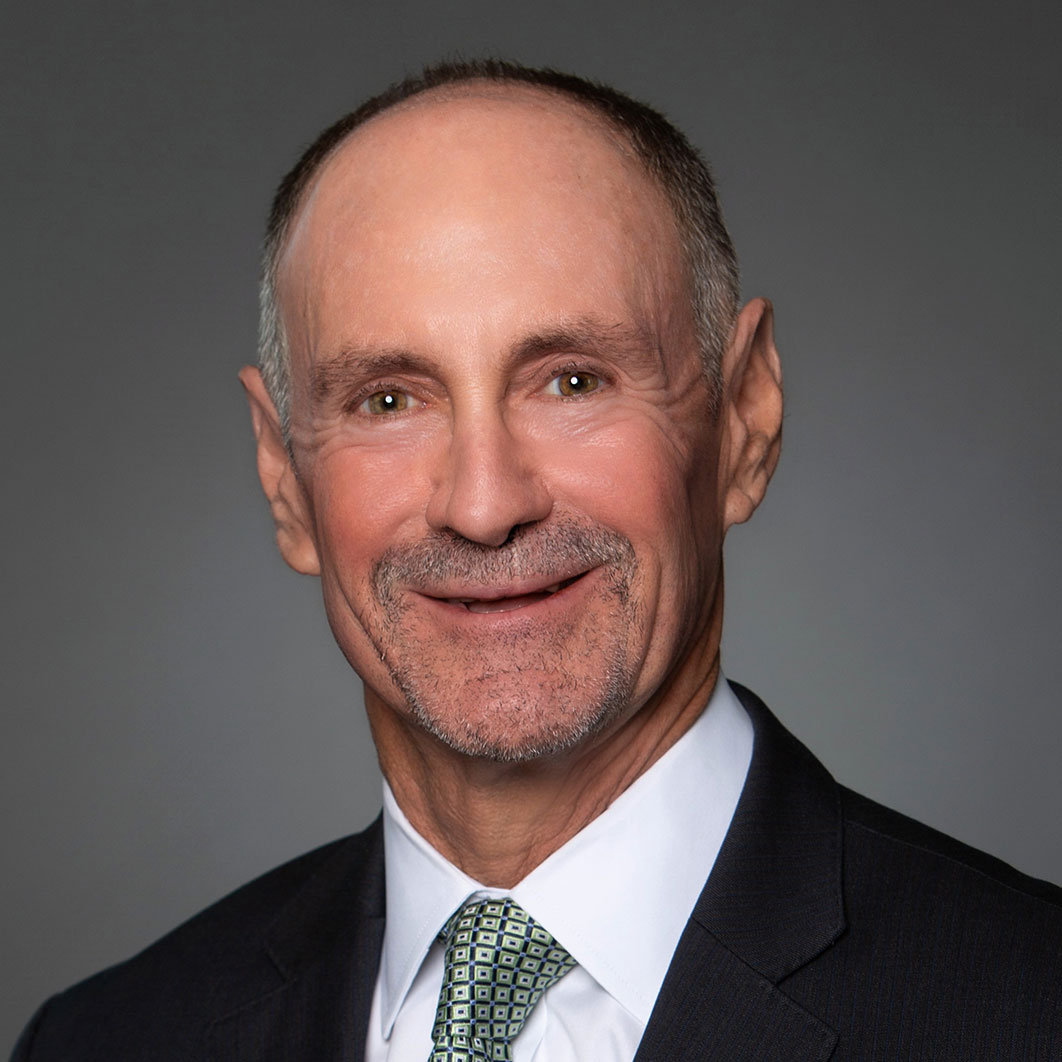From Pumpkins to Candy Corn: The Supernatural Effects of Nutrition
I loved trick-or-treating as a kid, and I love it now as an adult. I was born to eat candy corn. My favorite chocolate bar is Mounds, and I can’t stand Almond Joy. I typically dressed up as my favorite baseball player, Luis Aparicio, Hall of Fame shortstop for the White Sox. Today, I love answering the door on October 31 and handing out lots of Mounds and M&M’s® to kids of all ages.
Fall — a time of harvesting important crops and going door-to-door for candy — is a prime opportunity to think about how food can have supernatural effects on our health. The White House thinks so too, as it recently held a conference on nutrition, hunger and health to explore the impact of food on our nation and what we can do to make our future brighter for the next generation. Read on to learn more about how Halloween evolved, why we associate certain foods with the season and the power of nutrition.
Pumpkin Spice vs. The Autumnal Equinox
My daughter insists that the return of pumpkin spice latte drinks to coffee shop menus is the real indicator that summer is over. The dad (and stickler) in me can't help but point out that the autumnal equinox, which happens at the end of September in the Northern Hemisphere, is the official beginning of fall.
The humble, hearty pumpkin has a surprisingly rich history. One of the oldest crops cultivated in the Americas, pumpkin is a mainstay at modern Thanksgiving tables thanks in part to the development of Libby's® pie recipe. Starbucks™ sells around 20 million pumpkin spice lattes annually, and Hefty introduced limited-edition cinnamon pumpkin spice scented trash bags this year. Spoiler alert: The bags are already sold out.
Clearly, pumpkins are a big part of celebrating fall, and the nutritious fruit (yes, pumpkins are fruits!) is also grown in many countries worldwide. The seeds and flesh are packed with fiber, vitamin A, zinc, magnesium and other nutrients that support bodily functions and boost the immune system. Scientists continue to study pumpkin's various benefits and potential uses, including its “anti-diabetic, antioxidant, anti-carcinogenic, anti-inflammatory” properties.
So, what rivals pumpkins when celebrating fall in the United States?
Candy. Not because it's nutritious (as The American Heart Association explains, most Americans consume way more than is healthy), but because we love trick or treating. Perhaps also because it’s so dang good. According to the National Retail Federation, more Americans plan on trick or treating this year than carving a pumpkin, and spending on Halloween candy is likely to reach $3.1 billion (the highest amount since the survey began).
In the United States, more than half of the sugar we consume comes from sugar beets harvested early fall through winter. Another key ingredient in candy is corn syrup — and most U.S. corn is harvested in the fall. But even as late as the first half of the 20th century, as Rutgers University professor Samira Kawash explains, "Candy didn't have any special role to play in Halloween observance. For youth, and especially boys, Halloween was the one night of the year when communities generally tolerated pranking, which might range from the clever or playful to the dangerous or destructive … While the hooligans were out wreaking havoc, the more genteel would celebrate Halloween with parties. The menus and décor for these early Halloween festivities emphasized seasonal fruits. Pumpkins and apples were especially important." If fruits were once so popular on Halloween, when did candy become central to the holiday?
The Evolution of Halloween: How Candy Became King
Halloween likely originated from the pagan celebration of Samhain in Ireland and the Christian celebration of All Hallows Eve. In the 18th and 19th centuries, immigrants brought these traditions to the United States, where they continued to evolve. By the early 20th century, as Time magazine explains, "High schools, rotary clubs and charities began to throw Halloween parties, and guidebooks about how to host such celebrations came out. By the 1930s, North America had a new term for the old tradition: trick-or-treating. And as suburbanization grew in the 1950s, trick-or-treating grew into the kid-friendly practice it's largely seen as today." American companies had a hand in promoting the role of candy, too, and passing out candy was more convenient and considered safer than homemade treats.
With World War II behind it, the end of sugar rationing and significant advances in farming practices, the United States seemed like a prosperous and well-fed nation. But as Eileen Kennedy and Johanna Dwyer of Tufts University explain, this perception “changed in the mid-1960s when the discovery of hunger and malnutrition stunned many Americans."
Addressing Hunger During Harvest Season
Many of the immigrants who brought the precursors to today's sugar-fueled Halloween festivities to the United States were fleeing the Great Potato Famine of the 1840s. Unfortunately, famines and food shortages are not relegated to history as the World Food Programme’s HungerMap indicates. Even in the United States, one of the world's most wealthy and powerful nations, food insecurity threatens the health and well-being of millions of people, including children.
In 1969, the Nixon Administration held the first White House Conference on Food, Nutrition and Health. "The landmark conference," note Kennedy and Dwyer, "led eventually to the nationwide expansion of food stamps and the National School Lunch Program (NSLP); creation of the Special Supplemental Nutrition Program for Women, Infants and Children (WIC); permanent authorization of the National School Breakfast Program; and sowed the seeds for food-based dietary guidelines and nutrition labeling."
On September 29 of this year, more than 50 years after the first conference, the Biden Administration held another conference on hunger, nutrition and health. Daniella Gratale of the Nemours Children’s National Office of Policy and Prevention were invited to attend. Conference speakers and attendees discussed ongoing and new efforts to end food insecurity and integrate food and health, including expanding Supplemental Nutrition Assistance Program (SNAP) eligibility and Medicare coverage of medically tailored meals. A timely study published in Journal of the American Medical Association (JAMA) weeks after the White House Conference suggests that medically tailored meals "could potentially be associated with 1.6 million averted hospitalizations and net cost savings of $13.6 billion annually from an insurer perspective."
In addition to engaging insurance companies and health care providers, The White House acknowledges that ensuring all Americans have access to nutritious food will require “collective, sustained action and mobilization across every segment of society.” One excellent example of collective action involves recovering the food that farmers already grow but don’t harvest. For example, the nonprofit National Gleaning Project connects farmers with volunteers who harvest the left-behind produce for distribution and donation. As the National Gleaning Project explains, "It is currently estimated that more than 10 billion pounds of food are left in the field and never harvested, usually referred to as a ‘walk-by’ field by farmers. These walk-by fields have the potential to greatly support the current food system and significantly reduce food insecurity if harvested and utilized." For-profit companies, like Imperfect Foods and Misfits Market, are also working to eliminate food waste and make nutritious food more affordable and accessible by delivering oddly shaped or blemished produce.
Sugar Is Sweet, But Nutrition Is the Real Treat
Given that we harvest so many crops in the fall, it's no wonder that the United States has a tradition of holding state fairs, with blue ribbon contests and every indulgent food imaginable, beginning in late September and into October.
While I enjoy my share of funnel cakes and Halloween candy, I can't overstate the importance of eating nutritious food. This is especially true for younger Americans, who are still growing and building lifestyle habits that will likely carry into adulthood. The ability of children "to meet their full potential depends on access to healthy and nutritious food," says the Children's Hospital Association, and I couldn't agree more. Nemours has made a significant commitment to help children and families access healthy food and learn about nutrition. One program I'm particularly proud of, the National Early Child Care Collaboratives (NECCC), works with early childhood educators to ensure that kids get nutritious foods and physical activity while away from home. So far, this program has reached more than 200,000 children. Perhaps most important, this program fosters healthy eating habits in early childhood that can build the foundation for lifelong health.
Here are three more resources related to nutrition, food and health for you to explore during this harvest season and as Halloween approaches:
- Volunteer to harvest the "left-behind" fruits and vegetables in your area (some organizations allow children to volunteer, too).
- Visit your local farmer's market (find the closest market). You can also find out which farmer's markets accept SNAP and EBT, and whether your insurance covers FarmboxRx, which ships healthy groceries to your doorstep.
- Get tips for having a safe Halloween at KidsHealth.org, where parents, kids and teens can also find information about nutrition and healthy eating.

About Dr. Moss
R. Lawrence Moss, MD, FACS, FAAP is president and CEO of Nemours Children’s Health. Dr. Moss will write monthly in this space about how children’s hospitals can address the social determinants of health and create the healthiest generations of children.


